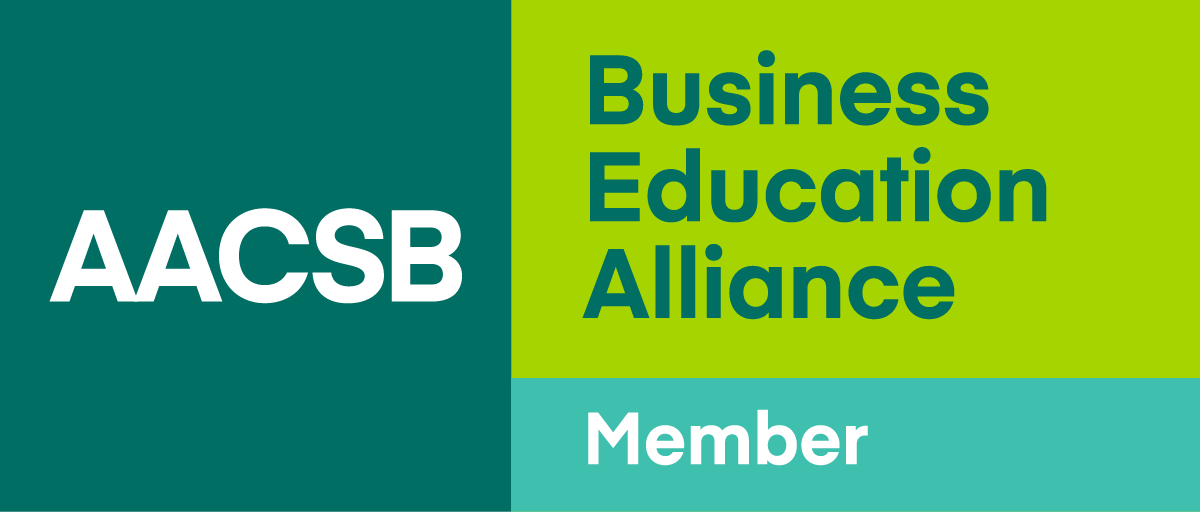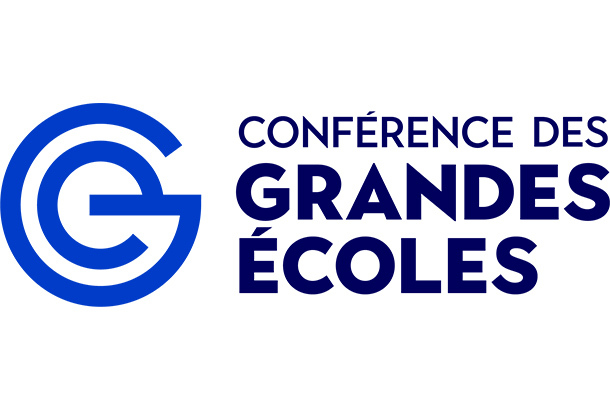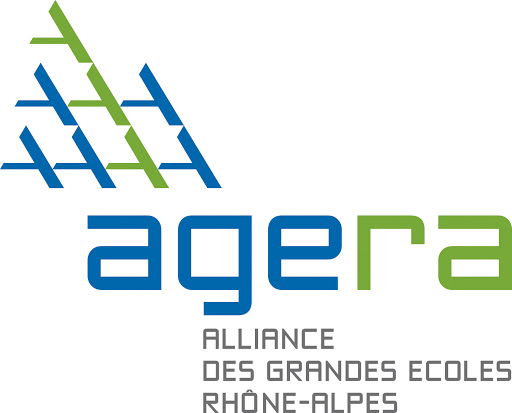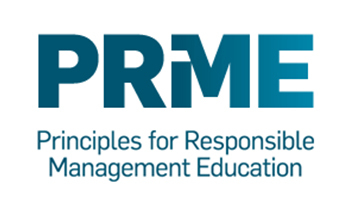- Homepage
- ESDES’s blog
- Research
- Gamification in education: What considerations should be noticed to leverage it?
Shahrzad YAGHTIN
2 min.
15 June 2023
One of the major challenges that teachers and professors encounter in schools and universities is how to motivate and engage students during class. In the past years, gamification has been increasingly and widely proposed and used to optimize learners’ concentration and knowledge retention, enhance motivation and engagement in class, improve the learners’ collaboration and teamworking skills, and increase their self-efficacy and productivity. In fact, gamification, or the incorporation of game elements into non-game settings, provides an opportunity to help teachers and schools to create engaging learning environments in their classes. In other words, gamification can enhance levels of student engagement similar to what games can do.
Although schools and universities already have several game-like elements including rewarding and punishing, grades (badges-like elements), and even level-up elements at the end of every academic year, the question that arises is why do schools sometimes fail to attract students and cannot act successfully in engaging students?
The remainder of this article answers this question and enumerates some factors and considerations that should be regarded while planning gamification programs.
First, in addition to game-like elements, gamification comprises more important elements that play a key role in engaging and persuading students in class activities including cognitive, emotional, and social aspects of gamification (Lee and Hammer, 2011). To this end, emotional, cognitive, and social scaffolds of gamification should be created in the users’ need-supporting context. For example, the results of previous studies have shown that males engage more and learn better in a competitive learning context than females. Thus, the need to tailor the gamification design properties is a major consideration to plan gamification programs (Oliveira et al., 2023) that can help satisfy individual learners’ needs, characteristics, and preferences by personalizing gamification in education. Considering users’ attributes in designing games can particularly help to explore how user characteristics interact with game elements and under what conditions would a user interact more with the gamified system.
Second, in addition to the user’s needs and characteristics including their cognitive belief and behavior, attitudes, performance, and interpersonal relationships (Ofosu-Ampong, 2020), the learning objectives and the specific context of the course should be considered while planning the gamification projects. In other words, the gamified elements should complement the subject matter and instructional approach rather than overshadow them.
Third, today’s students are digital natives as they have grown up in a digitalized world (Lampropoulos et al., 2022), therefore, in order to provide high-quality gamification programs that meet students’ needs and preferences, new technologies such as augmented reality, virtual reality, metaverse platforms, and artificial intelligence can be used to provide superior gamification experience for learners.
Last but not least, to enhance the success of gamified programs, planners should also focus on the progress of learning considering the learners’ performance during the course. Consequently, incorporating quick and long-term feedback mechanisms can help not only improve the engaging characteristics of the program but also evaluate its success to achieve the course’s learning objectives!
- Lampropoulos, G., Keramopoulos, E., Diamantaras, K., & Evangelidis, G. (2022). Augmented reality and gamification in education: A systematic literature review of research, applications, and empirical studies. Applied Sciences, 12(13), 6809.
- Lee, J. J., & Hammer, J. (2011). Gamification in education: What, how, why bother?. Academic exchange quarterly, 15(2), 146.
- Ofosu-Ampong, K. (2020). The shift to gamification in education: A review on dominant issues. Journal of Educational Technology Systems, 49(1), 113-137.
- Oliveira, W., Hamari, J., Shi, L., Toda, A. M., Rodrigues, L., Palomino, P. T., & Isotani, S. (2023). Tailored gamification in education: A literature review and future agenda. Education and Information Technologies, 28(1), 373-406.




